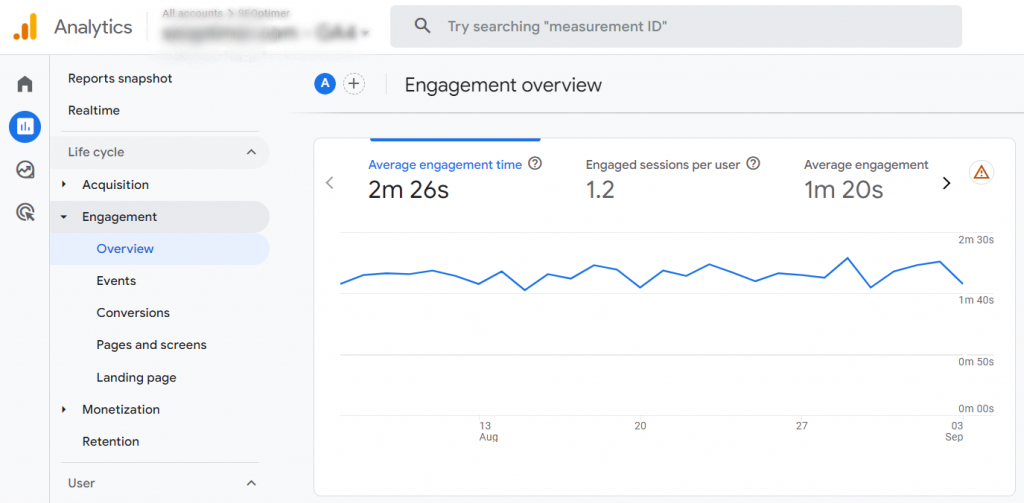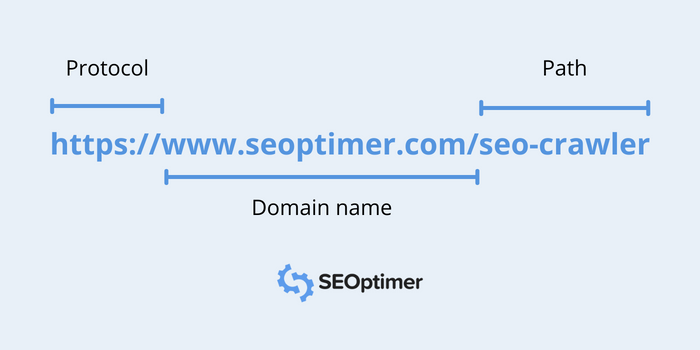
Keyword prominence is a crucial ranking factor that helps a web page rank higher in organic search results.
Every page ranks for a certain set of keywords; however, the basic seed keyword remains the same.
This seed keyword or the primary keyword should be prominently visible on a page to help search engines understand the context of the page.
In this article, I will explain in detail what keyword prominence is and whether it is an SEO ranking factor or not.
What is Keyword Prominence?
Keyword prominence in search engine optimization refers to the visibility of the primary keyword within the content of a webpage.
It relates to where and how prominently the target keyword is placed within the content, including the title, headings, paragraphs, and other elements of the webpage.

The idea behind keyword prominence is to signal to search engines the relevance of the content to particular search queries.
By strategically placing keywords in prominent locations within a webpage's content, website owners aim to improve the chances of their page ranking higher in search engine results pages (SERPs) for those keywords.

Keyword Prominence vs Keyword Proximity vs Keyword Consistency
Keyword prominence is about strategically placing the keyword in key locations within the content, such as the title tag, headings, early paragraphs, and closing paragraphs.
For example, if you're targeting the keyword "best hiking boots", keyword prominence might involve ensuring that this exact phrase appears prominently in the title, heading, and introductory paragraph of your content.

Keyword proximity refers to the closeness or distance between the individual words of a keyword within the content. It focuses on how closely related the words are within the text.
For example: for the keyword "dog training tips" good keyword proximity involves having "dog", "training", and "tips" relatively close to each other in the content rather than scattered far apart.
Keyword consistency refers to the frequency at which a specific keyword or key phrase appears throughout the content of a webpage. It focuses on using the targeted keyword naturally and appropriately without overusing or underusing it.
For example, if you're optimizing a page for the keyword "healthy smoothie recipes", keyword consistency involves using variations of this keyword (e.g., "healthy smoothie ideas", "recipes for healthy smoothies") in a way that reads naturally and provides valuable content to users.
The below table lists the differences between keyword prominence, keyword proximity, and keyword consistency:
| Aspect | Keyword Prominence | Keyword Proximity | Keyword Consistency |
| Definition | Placement & visibility of keyword | Closeness of keyword words | Frequency of keyword usage |
| Focus | Making keyword stand out visually | Understanding word relationships | Natural and appropriate usage |
| Importance | Signals relevance & topic to engines | Provides context & relationships | Helps search engines understand content |
| Example | Placing keyword in title & headings | Words of the keyword used close in content | Using keyword variations naturally |
| Elements | Title tag, headings, early paragraphs | Within the same context of content | Throughout content, without excess |
| Goal | Enhance keyword’s visibility | Show direct word relationships | Maintain topic relevance |
| SEO Evolution | Less emphasized in modern algorithms | Still relevant, but not sole focus | Important for well-structured pages |
| Potential Risks | Overemphasis can lead to keyword stuffing | Overemphasis can feel unnatural | Excessive use can lead to keyword stuffing |
Is Keyword Prominence Important for SEO?
Yes, keyword prominence still holds importance in SEO.
Every page should have a focus keyword, and that keyword should be present on the page to help it rank higher in the search engines for that primary keyword and its variations (secondary keywords).
It is crucial to note that along with keyword prominence, there are other significant factors, such as content quality, user experience, relevance, and SEO engagement metrics, which play a decisive role in ranking a page higher in search engines.

You should aim to offer high-quality content to your users without using the exact match primary keyword extensively in an article.
Search engines now understand synonyms, related terms, and context, allowing them to identify content's relevance beyond exact keyword matches.
How to Optimize Your Pages and Content for Keyword Prominence
Start by selecting one primary keyword or key phrase for each piece of content. This will be the main focus of your optimization efforts.
Incorporate your primary keyword towards the beginning of the title tag and make sure the title is compelling and accurately represents the content.
Furthermore, be sure to use your primary keyword in header tags such as the main heading (H1) and subheadings (H2, H3, etc.) throughout your content. This organizes your content and emphasizes its relevance.

You should also include your primary keyword in the opening paragraph of your content. This helps establish the topic right away.
Now, use variations of your primary keyword and related terms naturally throughout the body of your content. Avoid overusing the keyword, as this can lead to keyword stuffing and negatively impact the user experience.

Image source: G2
Once content optimization is done, add descriptive and relevant alt text for images, including your primary keyword. This not only helps with keyword prominence but also makes your content more accessible.
Now, include your primary keyword in the URL of the page. A clean and keyword-rich URL can contribute to keyword prominence.

Next, write a concise and compelling meta description that includes your primary keyword. A well-crafted meta description can improve click-through rates. Reiterate your primary keyword in the closing paragraph to reinforce the topic and provide a cohesive flow.
Above all, focus on writing content that is valuable, informative, and natural. Keywords should be integrated seamlessly into the content without disrupting the flow.
After publishing, monitor the performance of your content in terms of search rankings and user engagement. If necessary, make adjustments to improve keyword prominence without sacrificing quality.
Conclusion
Effective SEO strategies now focus on providing valuable, comprehensive content that addresses user intent, integrates keywords naturally, and delivers a positive browsing experience.
Remember to focus on user experience and deliver high-quality, valuable content that serves the needs of your audience. Keyword prominence is just one aspect of SEO, and a comprehensive content plan is needed for long-term success.










